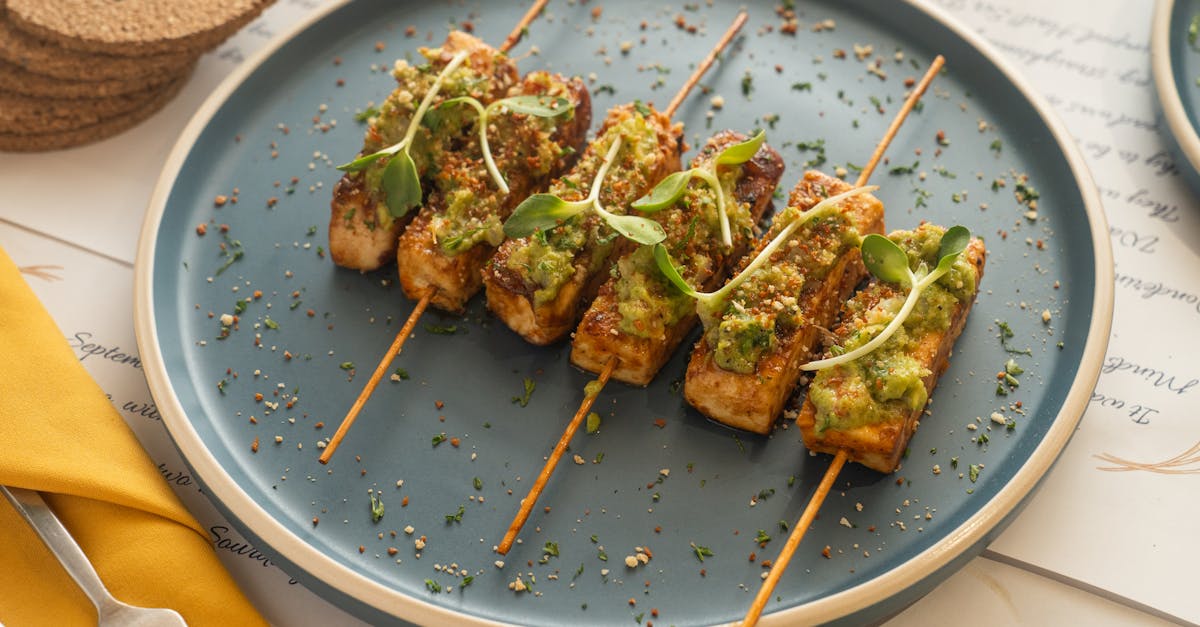
A Taste of Tomorrow
The culinary world is ever-evolving, with chefs and food enthusiasts constantly pushing the boundaries of flavor and creativity. As we move into 2024, the food industry is witnessing a shift towards sustainable practices, innovative technology, and vibrant culinary trends. What's driving these changes, and how are they shaping our dining experiences? From plant-based innovations to global fusion dishes, the flavor profiles we embrace today will resonate into the future. This article explores the key trends that are making strides in the international culinary landscape. Join us as we uncover what's cooking in kitchens worldwide.
Plant-Based Innovations
The plant-based movement continues to gain momentum, driven by the global push towards health and sustainability. Chefs are taking vegetarian and vegan options to new heights, crafting dishes that rival those made with meat. Jackfruit sushi, beetroot tartare, and chickpea-based omelets are just a few examples gracing menus. Food scientists are also creating lab-grown proteins and innovative meat substitutes that offer the flavors and textures meat-eaters love. With an increasing demand for environmentally-conscious dining, plant-based cuisine is no longer just a niche market but a mainstream dietary preference.
Sustainability on the Plate
With the climate crisis at the forefront, sustainability in food practices has become essential. 2024 sees heightened attention to zero-waste cooking, with chefs utilizing every part of their ingredients. Edible food packaging, composting programs, and inventive uses for by-products are becoming widespread. Seafood is sourced from sustainably managed stocks, and farm-to-table practices ensure freshness and reduce carbon footprints. Diners are more conscious than ever before, driving restaurants to be transparent about their eco-friendly efforts. This culinary commitment to the environment is reshaping how the industry operates.
Tech at the Table
Technology is revolutionizing the dining experience, from how we order to how food is prepared. Augmented reality menus, AI-driven culinary creations, and robotic chefs are not futuristic concepts—they are becoming reality. Restaurants are incorporating tablets for ordering and using digital systems for personalized meal recommendations. Kitchens are also adopting smart appliances that optimize cooking techniques and sustainability. The integration of technology elevates efficiency and interaction, offering diners a modern take on classic eating traditions.
Hyper-Localization Takes Center Stage
As global travel faced limitations, the focus shifted towards local sourcing and hyper-local tastes. Restaurants are embracing local farms and artisanal producers to capture the essence of their region. Dishes reflect regional identity, from herb-infused oils to wine pairings grown in nearby vineyards. This approach also enhances food security and supports local economies. Hyper-localization has shown that embracing what's locally grown or made is not only environmentally friendly but also deliciously distinctive.
Evolving Global Flavors
The blending of global cuisines fosters an environment of endless culinary exploration. Chefs are drawing inspiration from across the globe, fusing distinct flavors into cohesive dishes. Imagine tamarind-glazed tacos or Korean BBQ pizzas, and the potential for combinations becomes limitless. Such fusion delights redefine traditional boundaries, allowing food lovers to savor cultures and cuisines they might have never encountered before. This trend encourages cultural exchanges that are as delicious as they are enlightening.
Interactive Dining Experiences
Dining is no longer just about eating; it's an interactive experience that engages all the senses. Immersive pop-up dinners, VR-enhanced food adventures, and personalized chef tables invite diners into the story behind their meals. Interactive and DIY meal setups have diners assembling their dishes, fostering creativity and engagement. Food becomes a conversation piece, as much about participation as taste. These experiences unite food lovers in unexpected ways, offering both entertainment and education.
Wellness-First Menus
A focus on health and well-being is shaping menus, with alternatives that cater to various dietary needs. Nutrient-dense superfoods, gut-friendly probiotics, and adaptogenic ingredients are becoming menu staples. Restaurants offer bespoke wellness options, allowing diners to customize meals that align with personal health goals. This focus on wellness extends beyond food, with environments designed to nurture a sense of balance and tranquility. Culinary creators are embracing the notion that food is medicine, delivering nourishment for body and mind alike.
Artistry in Plating
Today's chefs are not just cooks but artists who craft visually captivating creations. Plating becomes a medium to captivate diners before they even take a bite. Abstract flourishes, colors borrowed from nature, and three-dimensional setups turn plates into canvases. Using edible flowers and artful garnishes heightens the aesthetic appeal, creating an immersive visual and gustatory experience. This trend champions creativity, proving that food can be both delicious and visually stunning.
Flavor Forward Future
The culinary trends of 2024 showcase a flavorful future where sustainability, innovation, and global culture unite. Diners will enjoy plant-based marvels, tech-enhanced experiences, and interactive dining that not only satisfies the palate but also tells a story. As chefs continue to explore uncharted territories in food innovation, the dining experience transforms into an adventure of flavors, creativity, and sustainability. This convergence promises a world where every meal is both a delight and a meaningful narrative. As we savor these advancements, the future of flavor looks promisingly diverse and deliciously engaging.